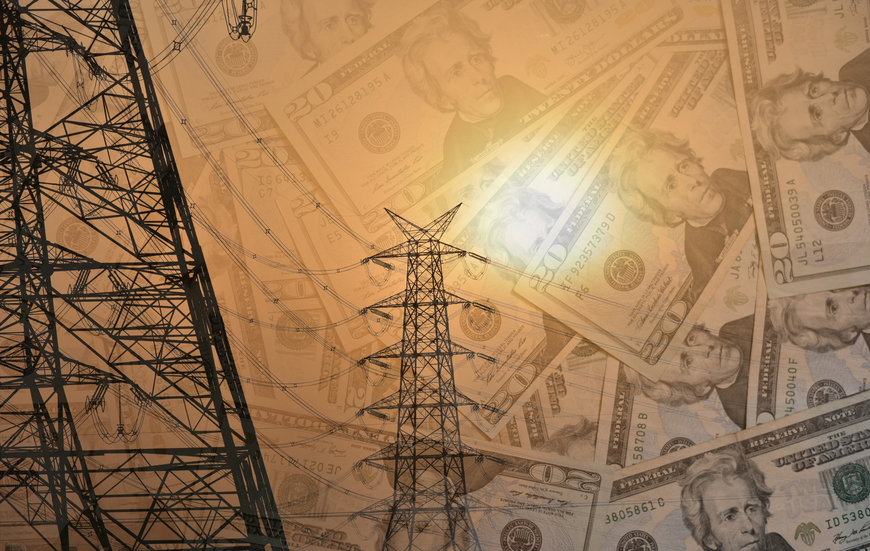Does Texas Need More Natural Gas Generation?

There’s a brouhaha brewing for the upcoming Texas legislative session. The Public Utility Commission of Texas (PUCT) has pushed a plan to revamp the electric market. But state senators want PUCT to cool its jets to allow lawmakers to weigh in, and they appear to favor more natural gas generation.
One of the sticking points revolves around “dispatchable energy resources.” Texas needs more of them to be ready quickly for peak demand. However, not all natural gas generation is created equal.
While simple-cycle natural gas turbine (SCGT) power plants can fire up and generate power in less than ten minutes, SCGT plants burn a lot of natural gas to create power. On the flip side, combined-cycle natural gas turbine (CCGT) power plants are more efficient. They use both natural gas and steam to make power. Unfortunately, they “can take two to three times longer than SCGT power plants to start and ramp-up to full load,” the US Energy Information Administration said.
Texas Energy Solutions
So where does this leave Texas? PUCT leaders have touted their plan as a long-term solution. The Performance Credit Mechanism (PCM) seeks to meet peak demand through rewarding power generators. Some elected officials, including Lieutenant Governor Dan Patrick and Senator Donna Campbell, don’t think this path addresses extreme weather. They would rather see more dispatchable resources like SCGT plants even if they don’t help Texas electricity rates.
This runs at odds with the Biden Administration’s energy efficiency goals. They would like to see more wind and solar plants. Texas has had many of those come online in the last few years, and more are expected. However, state leaders have expressed their desire for power plants that can be turned on quickly even if they aren’t green or make for low electric bills.
More Natural Gas Generation? Maybe
At its current pace, renewables should continue to grow in its share of US power generation. At the same time, natural gas will tread water. Between 2021 and 2023, green power will go from 20% to 24% of the market, and natural gas will remain at 37%.
Cryptocurrency miners moving to Texas have created a wrinkle in the Texas power market. They use large amounts of electricity around the clock. Luckily, PUCT is working with the crypto miners to have them shut down during peak demand periods. In some cases, miners make more when they’re offline than when they’re online. But then, retail electric companies can then serve other customers.
The miners can cut off lickety-split, but Texas also needs power that can start at that speed. Hopefully, state leaders will come up with a solution that achieves this goal. That fix may include more natural gas generation. We should know more this spring when the Texas Legislature wraps up its regular session.

